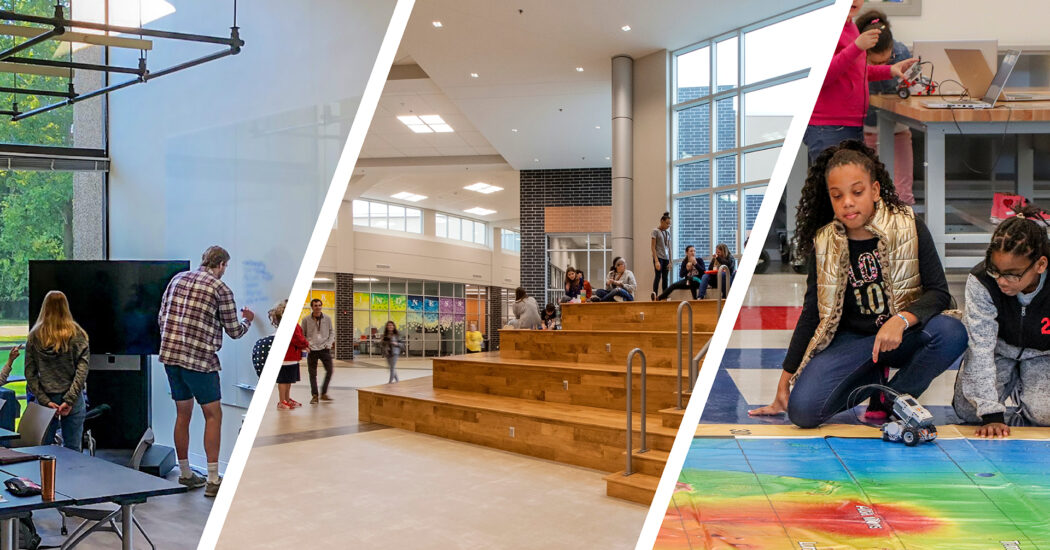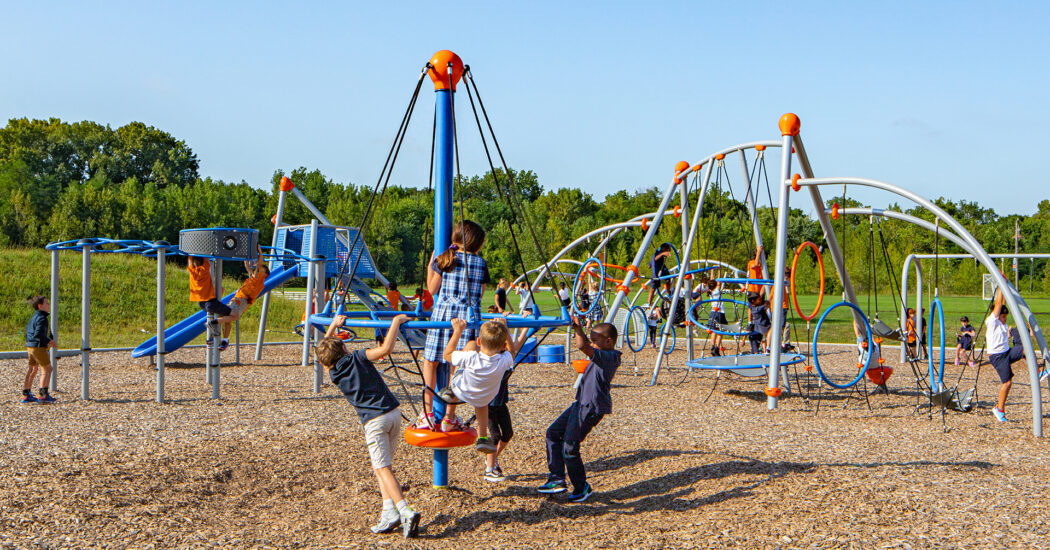3 Strategies to Help Colleges Prioritize Deferred Maintenance Post-COVID
-
Category
Studio-Higher Ed, Innovation -
Posted By
Sara Richey -
Posted On
Mar 29, 2021
The realities of a pandemic have made running a college or university harder than ever. Institutions must simultaneously plan for a murky future state while trying to keep the doors open today. This balancing act impacts nearly every decision made and every dollar spent.
Even during the best of times, facilities leaders almost always need more money than the budget allows to proactively maintain their campus’ physical facilities. According to Gordion’s 2021 State of Higher Education Facilities report, colleges and universities are reporting a repair and rehabilitation (R&R)/deferred maintenance backlog that is up 35% since 2007.
In a post-COVID world, budgets are likely even tighter. However, for many of our Midwest clients, deferred maintenance may no longer be taking a backseat. Colleges that are sharpening their pencils recognize that these initiatives have direct short-and long-term financial implications. Moving R&R work up on the priorities list and biting the bullet on upfront investment can prevent larger costs down the line.
Why R&R Backlogs are Detrimental
Declining campus facilities are damaging to both student and faculty attraction and retention. A recent conversation with one of our Owners captured it well. Think about prospective students and parents arriving for a campus visit. Often, the first thing they do when they step out of the car is look for a restroom. Restrooms may not be glamorous spaces you use to market your institution, but the state of these facilities sure leaves an impression on visitors.
Attractive, healthy, safe, and comfortable academic buildings are a necessity. And facilities that don’t meet the bare minimum, such as ADA and code compliance? They’re leaving a bad taste in prospective students’ mouths.
Beyond the fact that exceptional buildings are becoming the standard, allowing R&R projects to fall by the wayside can lead to much bigger problems. An overdue reroof, for example, can lead to leaks that put an entire classroom or corridor out of commission for weeks. Ignoring needed repairs until they are emergencies can ultimately lead to both costlier fixes and potentially unsafe conditions for students and staff.
Not to mention, facilities staff find themselves putting out fire after fire—not the most efficient way to maintain campus.
How to Prioritize and Plan for R&R Projects
The good news is managing your deferred maintenance isn’t impossible. With the right tools, professional partners, and an integrative planning approach, you can get a handle on your R&R.
1. Strategic Planning
R&R projects typically can’t all be done at once. However, upkeep of existing facilities—particularly when your university has shiny, new construction projects underway—requires dedicated attention to ensure it doesn’t get put on the back burner. Buildings never stop aging, after all, and facility degradation compounds.
To avoid longer-term financial shortfalls, some of our private, smaller higher education clients alternate R&R projects with larger capital projects to ensure both are addressed on an ongoing basis. For example, a new professional program building may be in the capital expenditure pipeline, but along with it are a set of window and roof replacements, tennis court repairs, and boiler and chiller upgrades.
Phasing is also important, particularly for institutions with multiple campuses. Bundling and scheduling projects according to project type and/or location can allow for economy of scale.
Take a window replacement project, for example:
- You will likely see a lower per-unit cost by ordering 100 windows at once versus 10.
- Replacing more windows sooner will realize greater energy savings by improving their efficiency.
- Tackling one large window replacement project, rather than gradually replacing windows, can mean fewer disruptions for students and staff.
- Architecture, engineering, or contractor fees will typically be more cost-effective when completing several projects at once, rather than one-offs.
2. Working with the Market
The pandemic has disrupted the supply chain over the past year. This can have a significant impact on project costs and schedules. While lower student population on campus in the summer has historically made it a prime time for tackling maintenance projects, keen design and construction partners will watch the market and provide timely, accurate recommendations to complete your projects most efficiently.
We help Owners strategize by providing insights on the construction market and the current state of cost estimates versus bids. In addition, our in-house estimation means projects are value engineered from the beginning, changes to design can be made in real time, and Owners realize tangible savings.
3. Leveraging Facilities Data
Having your facilities data and comprehensive list of maintenance projects in a format that allows you to filter, sort, and manipulate it is key to developing an actionable plan to fund and complete the work. For example, our proprietary assessment suite, called SCOPE, creates an interactive dashboard of all projects identified in a facility condition assessment. This dashboard allows the Owner to:
- Filter and sort projects by characteristics like building or system type, cost, or urgency
- Account for inflation of project costs over time
- Update and evolve their action plan as projects are completed or priorities shift in the future

Our assessment tool, called SCOPE, shows each building and the projects identified, along with cost, inflation, and priority ranking.


We visualize data on your entire backlog, such as cost and type of work identified in each building.
This manipulable and visualized data is extremely helpful in integrative planning and allows you to present a much more compelling case when budget season rolls around, especially when split decisionmakers have differing perspectives on where investment is needed.
When it comes to R&R work, the best approach is one coined by Mark Twain that we cite often at our firm—eat your frogs first thing in the morning. It’s the projects that may not be fun, and you’re tempted to put last on your list, that are best tackled first.
Need help with your frogs? Connect with me to discuss a plan.







